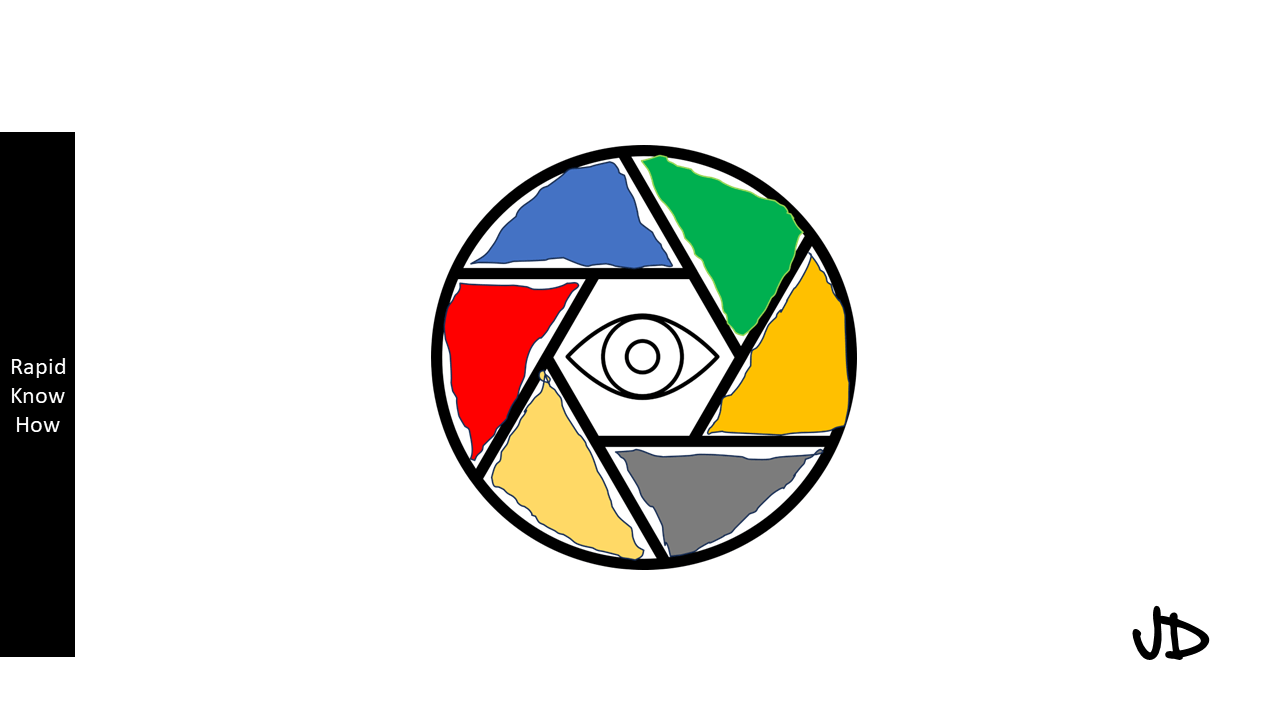Social engineering is a technique used by cybercriminals to manipulate individuals into divulging sensitive information or performing actions that may compromise their security. It involves psychological manipulation and deception to gain access to confidential data or systems.
Unlocking the Secrets of Social Engineering to Influence People to Get Vaccinated During the Covid Pandemic
In the heart of a global health crisis, the world has been grappling with an unprecedented challenge: the Covid-19 pandemic. As scientists and researchers raced against time to develop a vaccine, another equally significant task emerged – convincing people to get vaccinated. This is where the art and science of social engineering come into play.
Social engineering, in its simplest form, is the art of manipulating people into performing actions or divulging confidential information. It’s a term often associated with cybercrime, but in this context, we’re exploring its more benevolent application – influencing people’s behavior for their own good and that of society at large.
The first step in this process is understanding the target audience. In this case, it’s those who are hesitant or outright resistant to getting vaccinated. Their reasons may vary from fear of side effects, distrust in pharmaceutical companies or government bodies, to misinformation spread through social media. Understanding these concerns is crucial in crafting an effective strategy.
Next comes the persuasion stage. Here, social engineers employ various techniques to influence behavior. One such method is authority bias, where people tend to obey figures they perceive as authoritative. This could involve doctors, scientists, or respected community leaders endorsing vaccination and debunking myths surrounding it.
Another technique is social proof or herd behavior. People are more likely to get vaccinated if they see others around them doing so. Sharing stories of individuals who have been vaccinated without any adverse effects can help alleviate fears and encourage others to follow suit.
The scarcity principle can also be used as a tool for influence. By highlighting the limited availability of vaccines and the urgency to get vaccinated before supplies run out can prompt people into action.
However, it’s important to note that these techniques should be used responsibly and ethically. Misuse can lead to further mistrust and resistance.
Communication plays a pivotal role in this process. Clear, concise messaging that addresses concerns and provides accurate information about vaccines is key. This includes explaining how vaccines work, their benefits, potential side effects, and why herd immunity is vital for ending the pandemic.
Moreover, leveraging various communication channels can enhance reach and impact. Traditional media like TV and radio can be used alongside digital platforms like social media for wider dissemination of information.
Finally, feedback mechanisms should be put in place to gauge effectiveness and make necessary adjustments. This could involve surveys or interviews with those who have been influenced by these strategies.
In conclusion, social engineering presents a powerful tool for influencing behavior during this pandemic. By understanding people’s concerns about vaccination and using ethical persuasion techniques backed by clear communication strategies, we can encourage more individuals to get vaccinated.
This isn’t just about individual protection; it’s about collective responsibility. The sooner we achieve herd immunity through widespread vaccination, the sooner we can return to normalcy – a goal that surely resonates with everyone.
Unlocking these secrets of social engineering isn’t just about overcoming vaccine hesitancy; it’s about harnessing our collective power as a society to overcome one of the greatest challenges we’ve ever faced – together.
